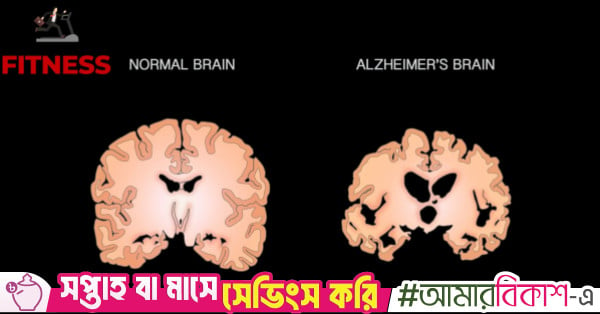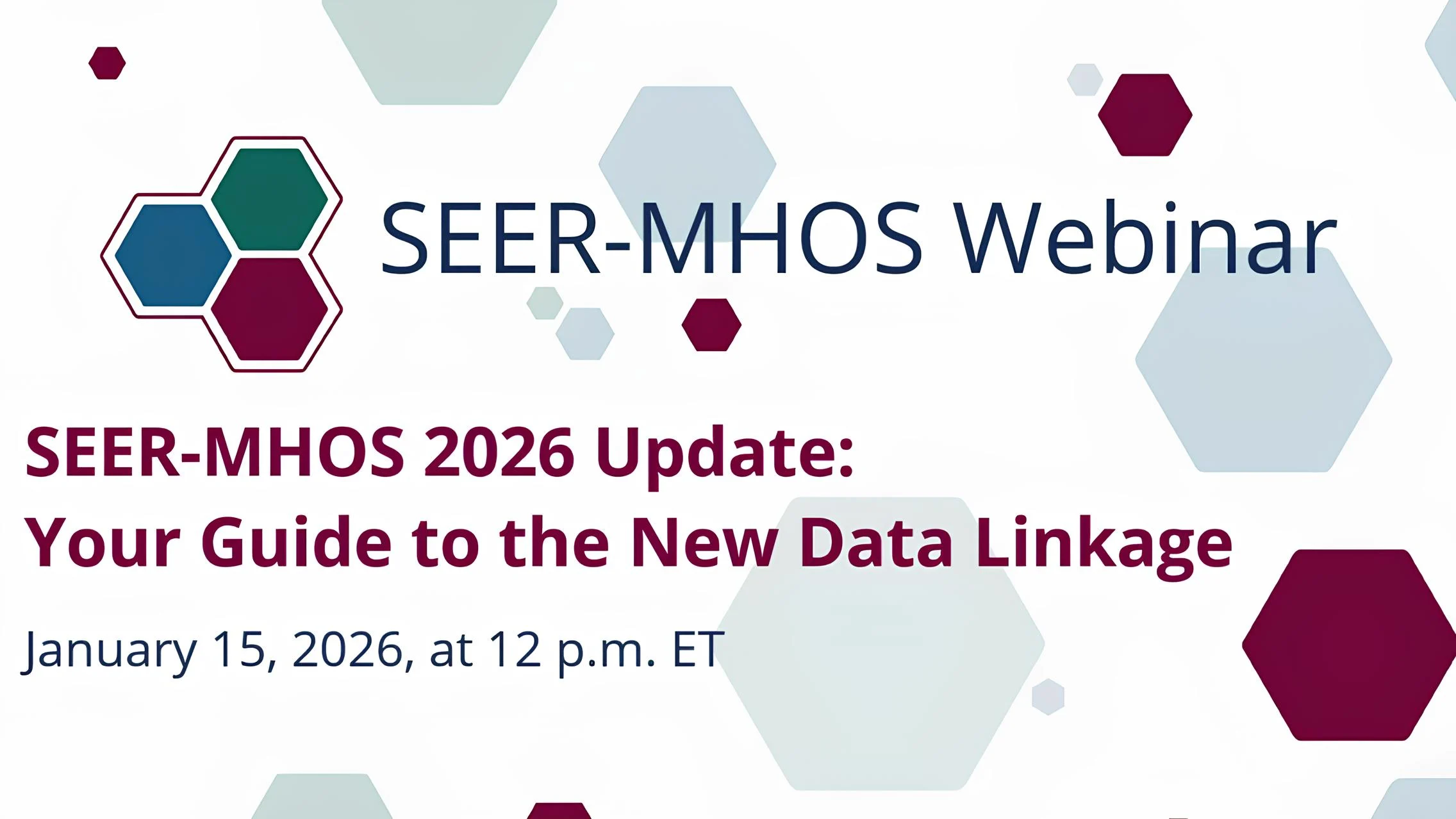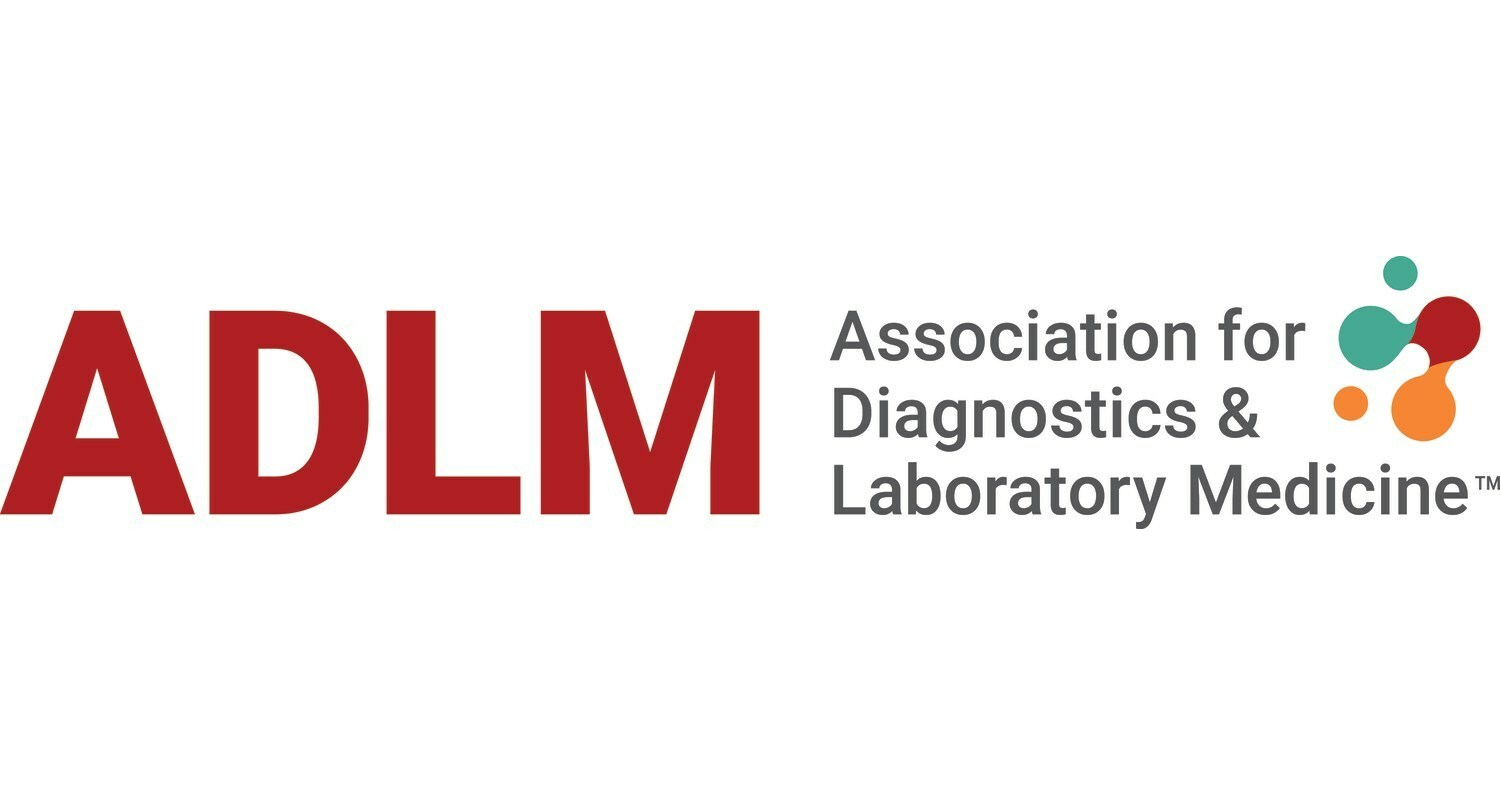.
LAHORE:
Lahore and several other districts of Punjab are witnessing a sharp…

Alzheimer’s disease and dementia don’t suddenly appear in old age – they are often the result of decades of small, everyday habits quietly adding up over time.
The choices you make today around food, sleep, movement, and inflammation can…

Chronic Wasting Disease (CWD) has been reported in a hunter-harvested white-tailed buck in Concordia Parish, the Louisiana Department of Wildlife and Fisheries (LDWF) said. The buck was harvested on Richard K. Yancey Wildlife Management…

The Ministry of Health announced that no new cases of Marburg Virus Disease (MVD) have been detected in Ethiopia over the past 21 days, signaling progress in containing the outbreak, though authorities warned that the outbreak will only be…

The SEER-MHOS 2026 Update: Your Guide to the New Data Linkage is a specialized technical webinar hosted by the National Cancer Institute (NCI) Division of Cancer Control and Population Sciences. Scheduled for January 15,…
Bray, F. et al. Global cancer statistics 2022: GLOBOCAN estimates of incidence and mortality worldwide for 36 cancers in 185 countries. CA Cancer J. Clin. 74, 229–263 (2024).
Hopstaken, J. S….

Findings published in a special issue of ADLM’s Clinical Chemistry journal focused on perinatal diagnostics
WASHINGTON , Jan. 6, 2026 /PRNewswire/ — A new study indicates that…

A review and meta-analysis of more than 200 studies shows a “persistently high” prevalence of bacterial sexually transmitted infections (STIs) in prisons, particularly among incarcerated adolescents and women, researchers…

The relationship between mental health and heart health is uniquely intricate. For instance, a person who has a sudden event, such as a heart attack, may experience this as a traumatic event, and the thought of it happening again can be very…

The 10-year sponsorship will provide critical funding for scholarships, team travel, equipment and competitive programming.